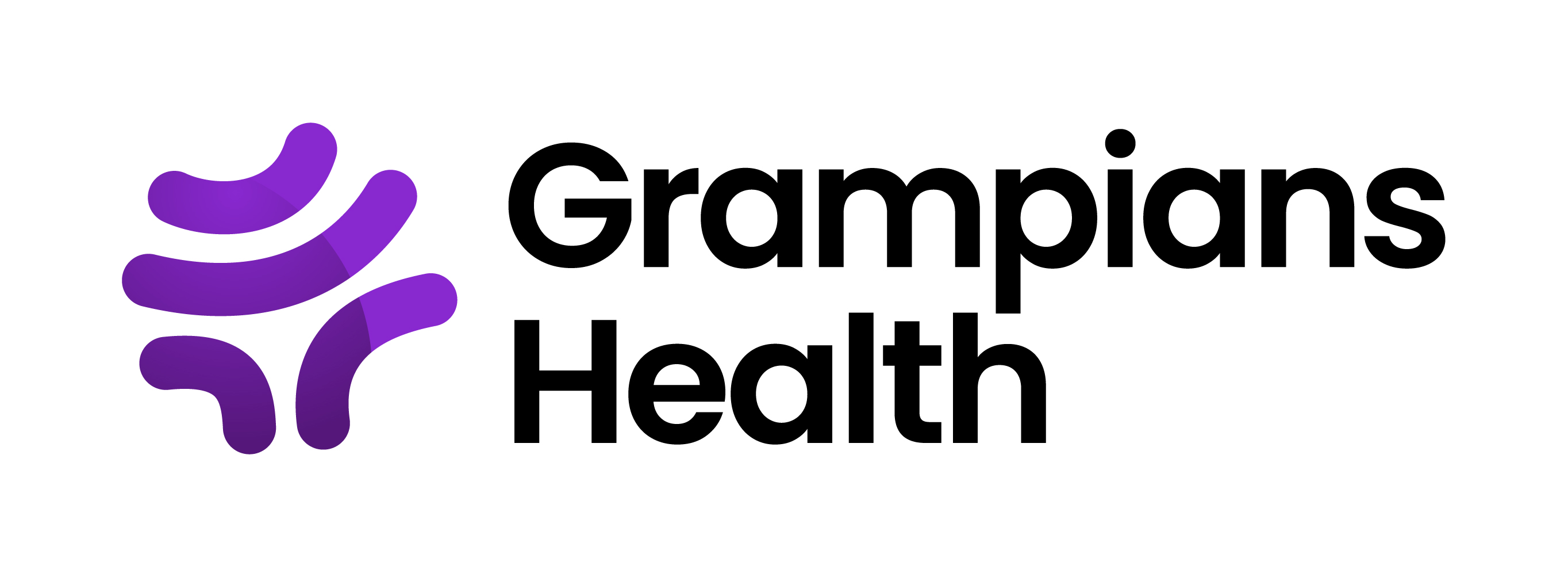Please use this identifier to cite or link to this item:
http://hdl.handle.net/11054/2548| Title: | Cost-effectiveness of screening strategies for familial hypercholesterolaemia: An updated systematic review. |
| Author: | Marquina, C. Morton, J. Lloyd, M. Abushanab, D. Baek, Y. Abebe, T. Livori, Adam Dahal, P. Watts, G. Ademi, Z. |
| Issue Date: | 2024 |
| Publication Title: | PharmacoEconomics |
| Volume: | 42 |
| Issue: | 4 |
| Start Page: | 373 |
| End Page: | 392 |
| Abstract: | Background: OBJECTIVE: This study aimed to systematically synthesise the cost-effectiveness of screening strategies to detect heterozygous familial hypercholesterolemia (FH). Methods: We searched seven databases from inception to 2 February , 2023, for eligible cost-effective analysis (CEA) that evaluated screening strategies for FH versus the standard care for FH detection. Independent reviewers performed the screening, data extraction and quality evaluation. Cost results were adapted to 2022 US dollars (US$) to facilitate comparisons between studies using the same screening strategies. Cost-effectiveness thresholds were based on the original study criteria. Results: A total of 21 studies evaluating 62 strategies were included in this review, most of the studies (95%) adopted a healthcare perspective in the base case, and majority were set in high-income countries. Strategies analysed included cascade screening (23 strategies), opportunistic screening (13 strategies), systematic screening (11 strategies) and population-wide screening (15 strategies). Most of the strategies relied on genetic diagnosis for case ascertainment. The most common comparator was no screening, but some studies compared the proposed strategy versus current screening strategies or versus the best next alternative. Six studies evaluated screening in children while the remaining were targeted at adults. From a healthcare perspective, cascade screening was cost-effective in 78% of the studies [cost-adapted incremental cost-effectiveness ratios (ICERs) ranged from dominant to 2022 US$ 104,877], opportunistic screening in 85% (ICERs from US$4959 to US$41,705), systematic screening in 80% (ICERs from US$2763 to US$69,969) and population-wide screening in 60% (ICERs from US$1484 to US$223,240). The most common driver of ICER identified in the sensitivity analysis was the long-term cost of lipid-lowering treatment. Conclusions: Based on reported willingness to pay thresholds for each setting, most CEA studies concluded that screening for FH compared with no screening was cost-effective, regardless of the screening strategy. Cascade screening resulted in the largest health benefits per person tested. |
| URI: | http://hdl.handle.net/11054/2548 |
| DOI: | https://doi.org/10.1007/s40273-023-01347-7 |
| Internal ID Number: | 02553 |
| Health Subject: | SCREENING FAMILIAL HYPERCHOLESTEROLAEMIA |
| Type: | Journal Article Article |
| Appears in Collections: | Research Output |
Files in This Item:
There are no files associated with this item.
Items in DSpace are protected by copyright, with all rights reserved, unless otherwise indicated.
